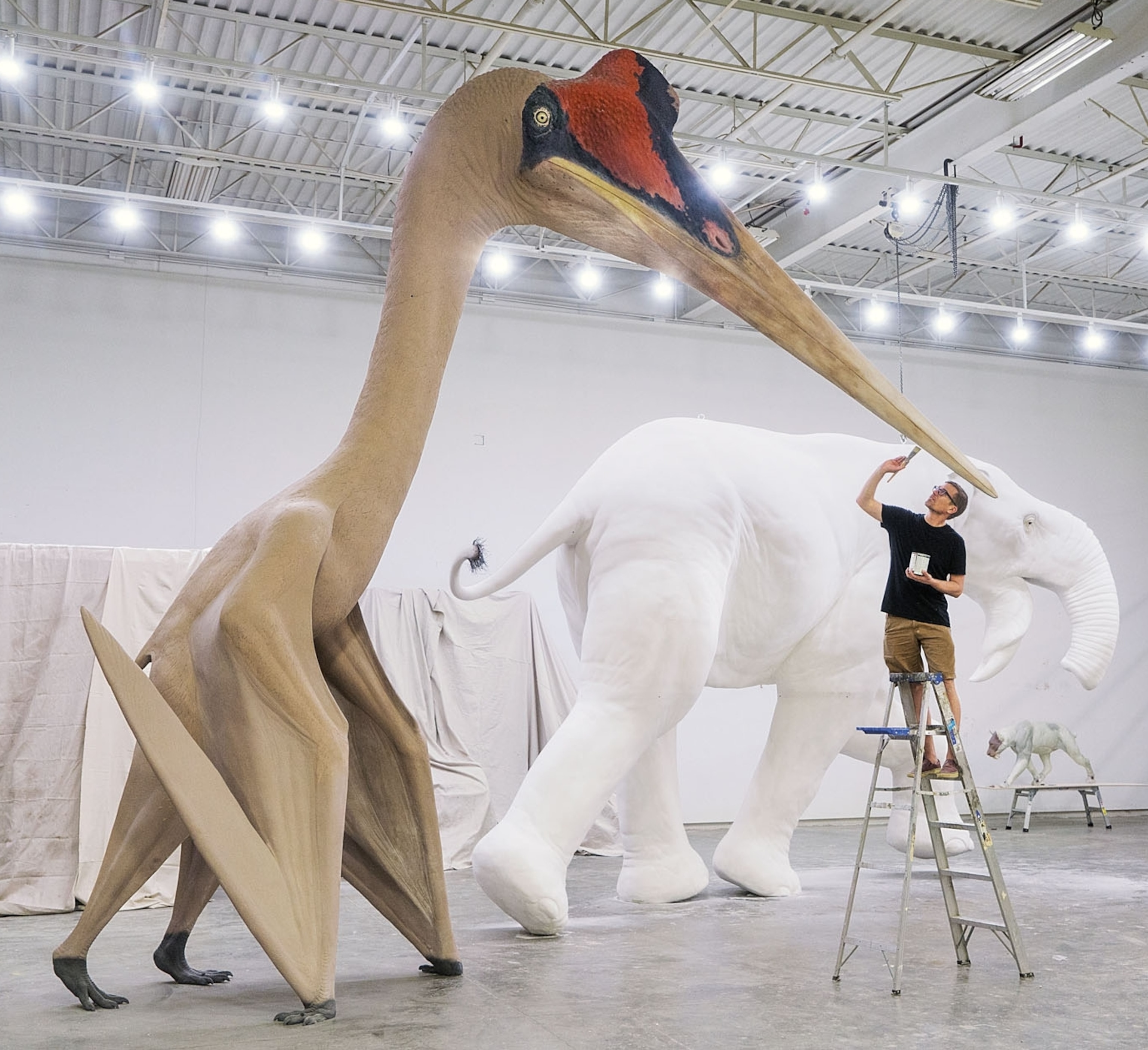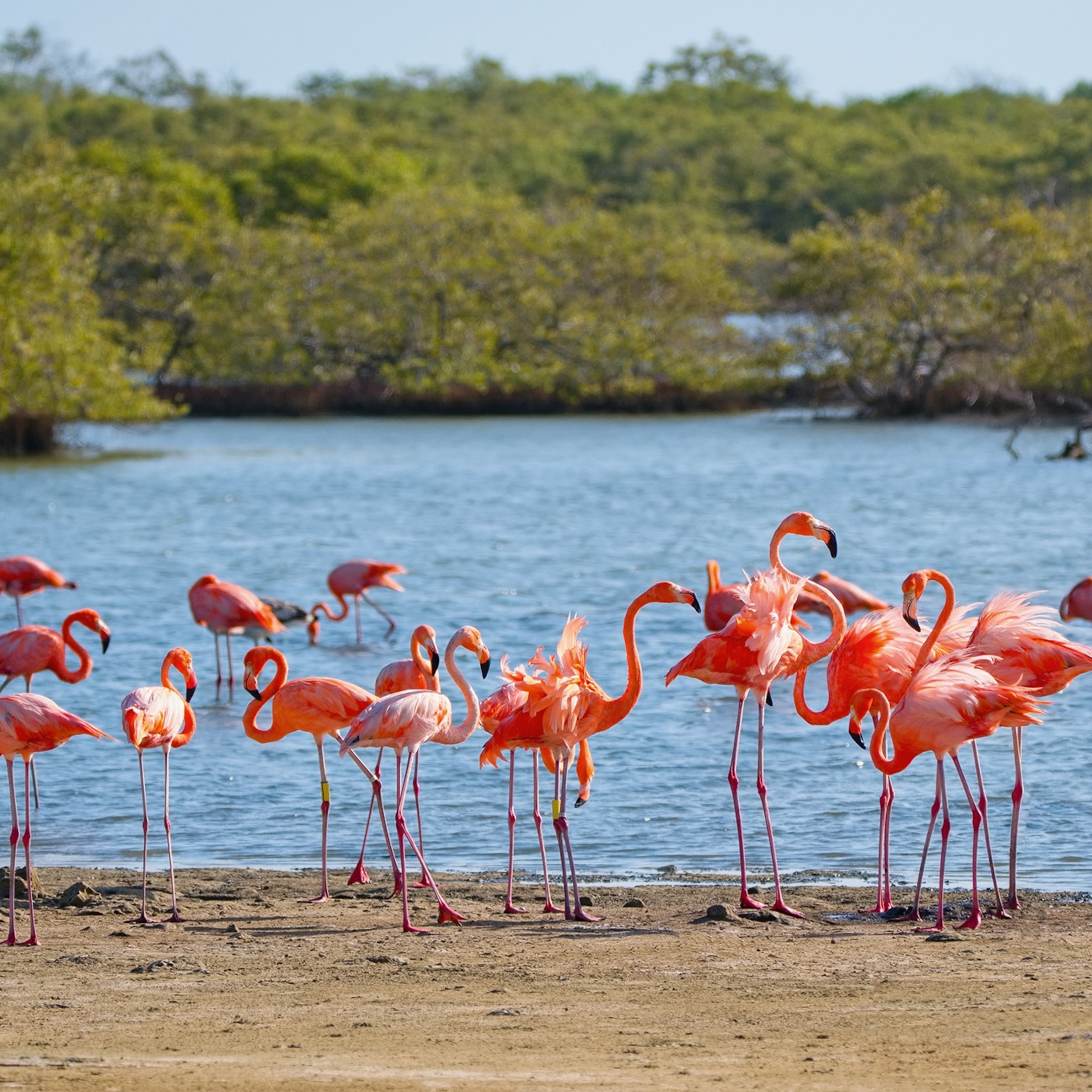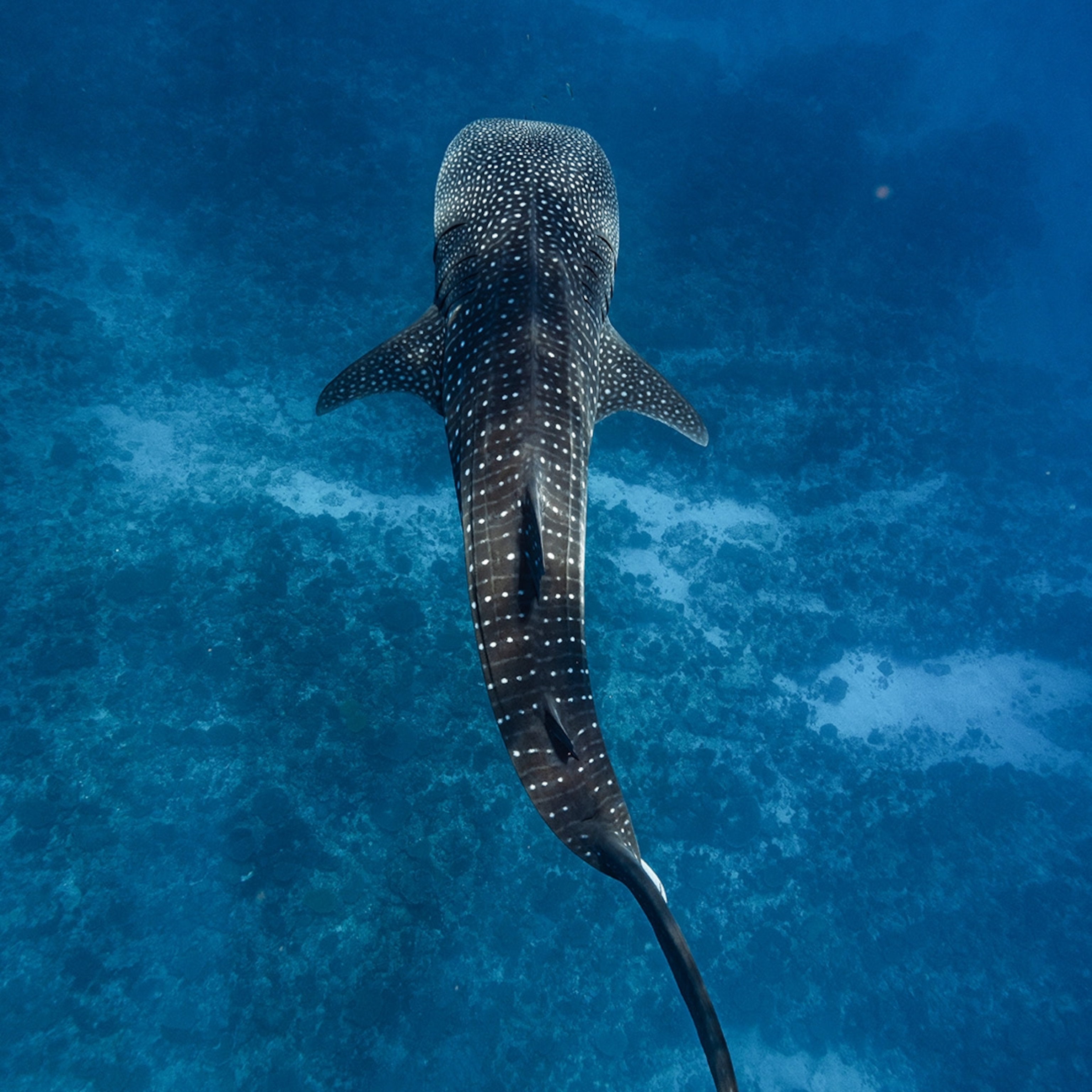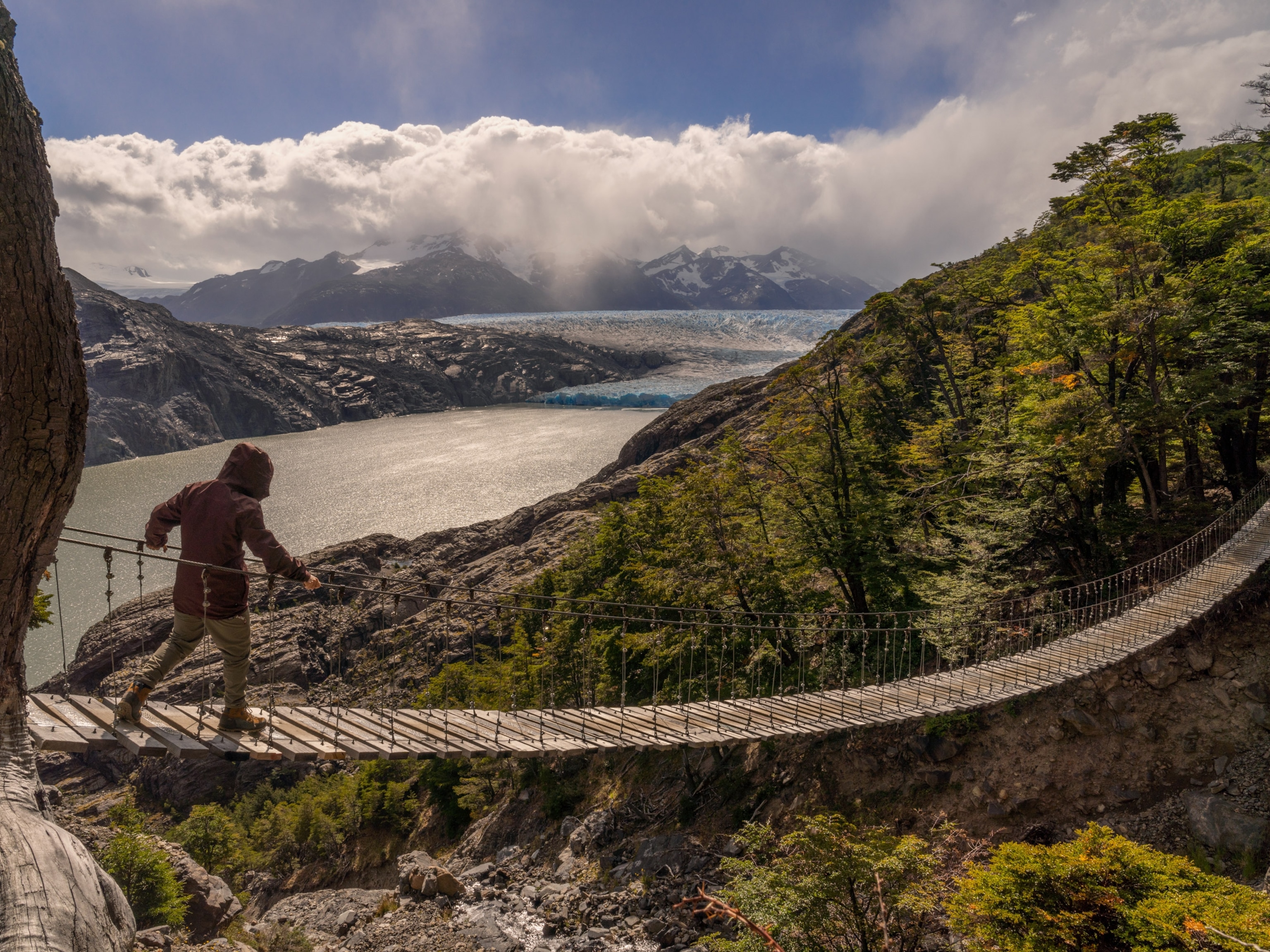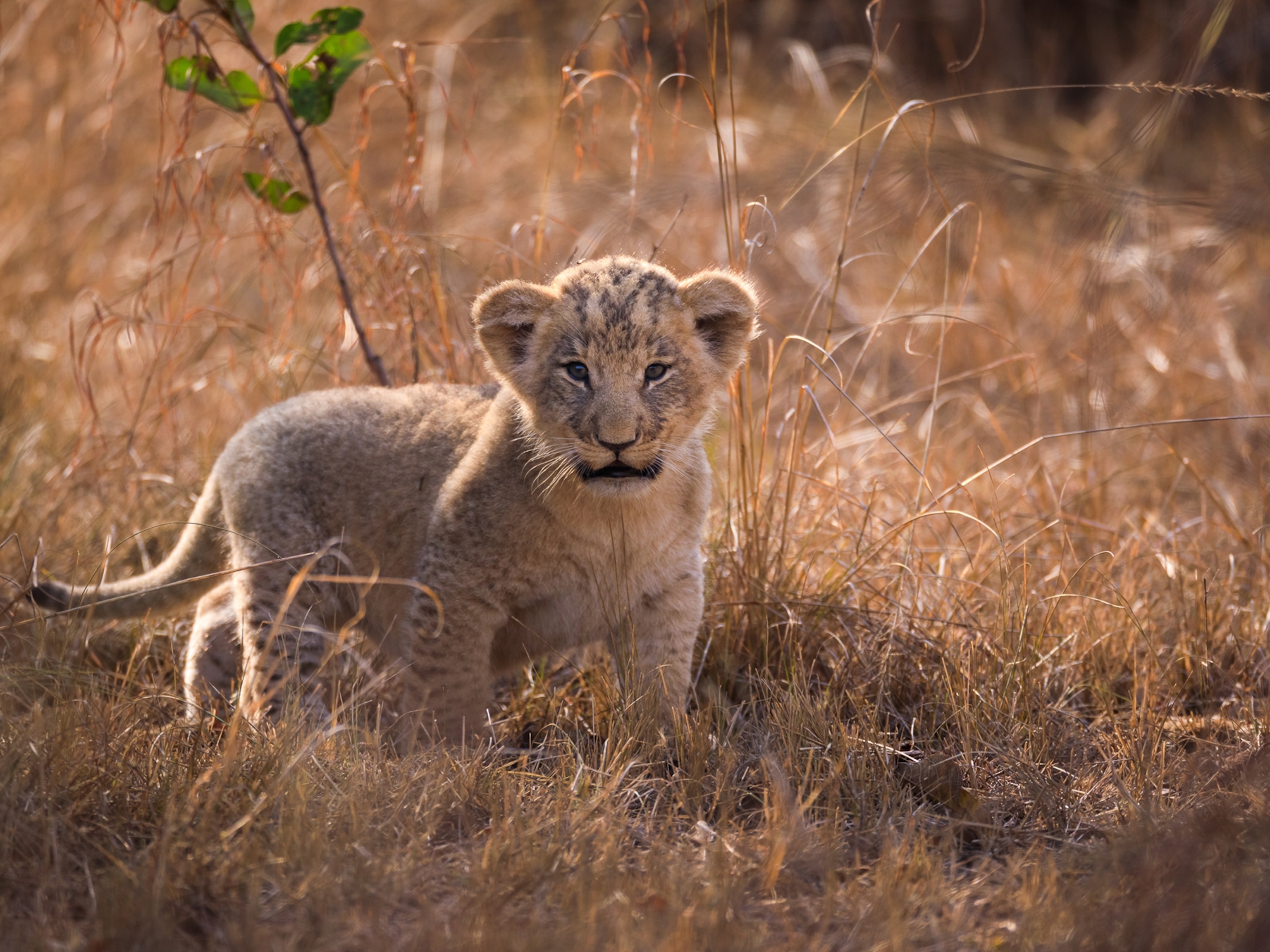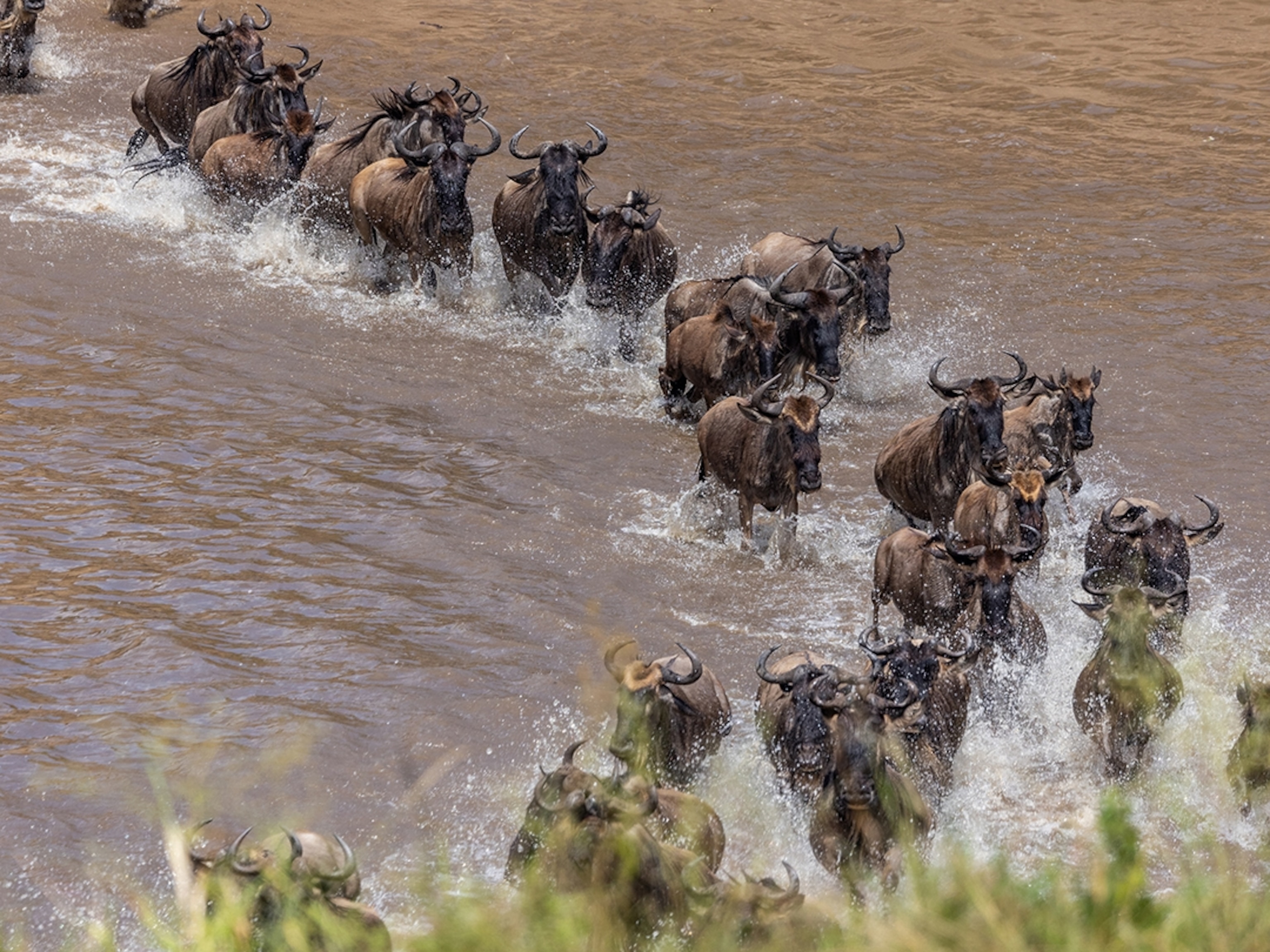
Can the Bahamas Keep Wildlife Tourism in Check?
Millions of tourists visit the Bahamas every year. Can they coexist with the island nation’s iconic fauna?
The heat that bears down on the Exuma islands in the Bahamas in the middle of spring can feel oppressive. Islands here are small and sandy, with small shrubs, short trees, and rocky cliffsides. Shade is hard to come by.

From almost any spot on an island, you can see turquoise water stretching into the horizon for miles. It's easy to see why the Exumas attracted conquering seafarers hundreds of years ago, and why it attracts millions of tourists every year still.
They come for the pristine waters, the white beaches, and the elaborate resorts, but on the tiny islands that sit over a hundred miles away from the capital, Nassau, it's often the iguanas, not tourists, who dominate the landscape.
“Cut him off from the other side,” yells Chuck Knapp, a scientist from the Shedd Aquarium in Chicago who has made a career out of studying iguanas in the Bahamas. He's just spotted a large Bahamian rock iguana that rustled through the bushes, and he's determined to catch it. Armed with large nets tied to the end of poles, other members of the aquarium's staff circle a bush, spacing themselves out at an equal distance to prevent the nimble reptile from escaping.
With one large lunge, Knapp lands his net over the iguana, grabs its back, and moves quickly to untangle the iguana's feet from the net's webbing before placing it headfirst into a pillowcase.
By the time Knapp and his research team are ready to log measurements, they're carrying several lumpy pillowcases—that occasionally wriggle and twitch—in each hand.
The iguanas on this island are difficult to catch. “A labor of love” is how Knapp describes it, and it's one he says is worth it to better understand how the populations of these endangered rock iguanas are faring. Each island has a unique type of iguana, resulting in three species, and seven different subspecies of rock iguana overall.
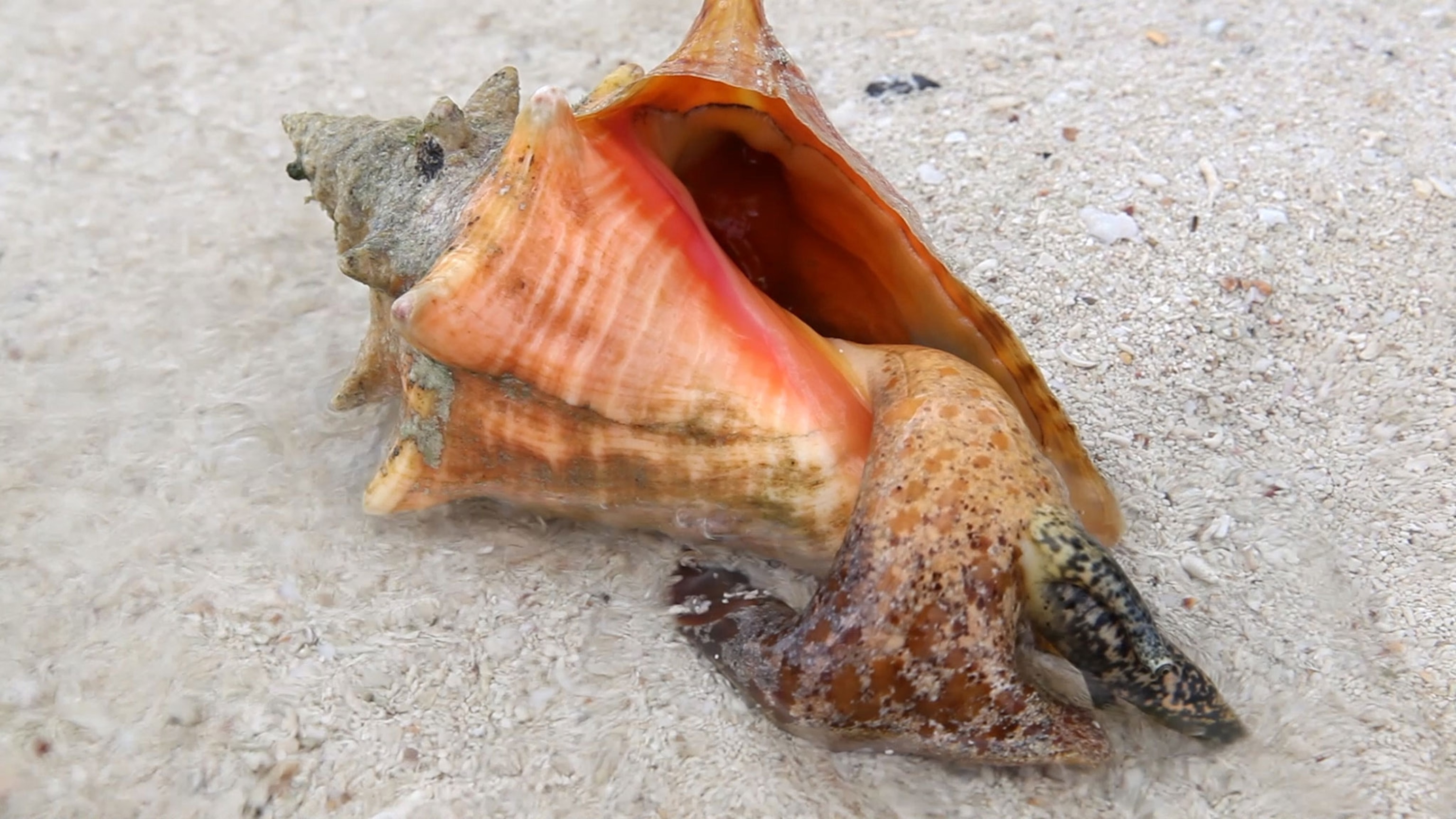
On islands where iguanas are fed by tourists, they emerge more readily, expecting a treat. Knapp worries that some are showing signs of diabetes, and it's possible their geographic distribution on each island could be changing as more flock to the places where they're more likely to get high-calorie treats.
It's one way the country’s booming wildlife tourism could be changing how animals behave.
A History of Conservation
In 1892, the Bahamas established the Sea Gardens, its first protected area. By 2015, it had more than 32 marine protected areas.
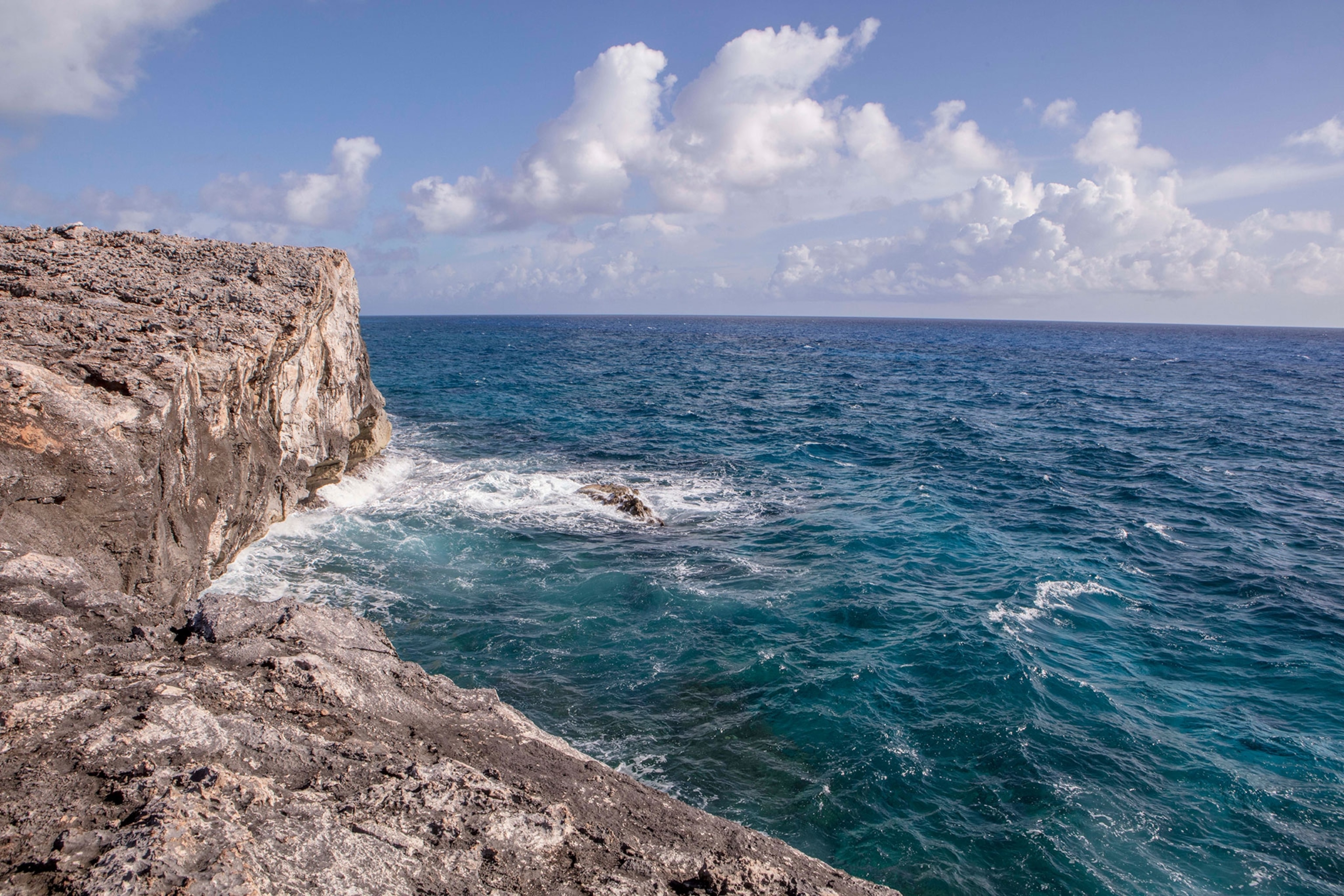
A study conducted by the Bahamas Reef Environment Educational Foundation (BREEF) in 2017 found that marine-protected areas (MPAs) provide economic value by boosting the Bahamas' ecosystem as a whole. Many marine-protected areas in the region are also no-take parks, which means fishing vessels can't use these parks as fishing spots.
Finding a balance between the millions of tourists who visit the Bahamas every year and the more than two million acres of protected areas hasn't always been easy, says Shelly Cant-Woodside, the director of science and policy at the Bahamas National Trust (BNT).
While some tourists visit to admire the region’s natural beauty, others spend time in luxurious resorts or on cruises, which can damage seagrass and reefs, says Cant-Woodside.
In addition to tourism, the BNT is also working to get buy in from locals who use natural resources to support their livelihoods.
“We now know we have to engage the community from the beginning,” she says.
The region's MPAs are strict no-take zones, enforcing regulations and stopping illegal fishing has been an issue. Cant-Woodside says about 50 BNT staff members manage the 32 protected areas around the islands and that finding staff members has sometimes been a challenge.
The Rise of Ecotourism
People traveling to experience the world's natural beauty isn't new, but in the past decade, tourists have increasingly sought out eco-friendly destinations as vacation spots.
In addition to iguanas, tourists flock to the island nation to see sharks, coral reefs, tropical fish, flamingos, and the region's most famous invasive species—pigs.
Despite concerns that wildlife tourism could overwhelm the islands' species, MPAs have helped some species thrive. For more than 20 years the Bahamas government has banned commercial longline fishing, which often snares sharks by accident. And in 2011, the government officially declared its 240,000 million square miles of national waters were a shark sanctuary.
All these measures have resulted in some of the richest and most biodiverse shark habitats in the western Atlantic Ocean. Scientists know populations are thriving in the Bahamas compared with other parts of the world, but because sharks are elusive and hard to track, exact populations are difficult to determine.
Conchs, a staple on the island, face an uncertain future. The large snails are eaten in everything from fritters to salads, and their ornate pink and orange shells are prized in markets. Poaching and overfishing has been pinpointed as one source for the decline, and the government is eager to encourage locals and tourists to leave them alone. Conservation groups and local musicians went so far as to produce a song called "Conch Gone" that played on local radio stations.
Shedd Aquarium biologist Andrew Kough has been trying to better understand why conch populations are declining in the Bahamas. On an April trip to take stock of the region's population, he visits a small chunk of land called Osprey Island. In his past visits, Osprey Island has been a booming conch nursery, but this year, as he snorkels the circumference of the island, he finds it largely devoid of the young juveniles seen in years past.
Kough’s 2017 study in Marine Ecology found that the conch population here is aging, which makes these nurseries all the more critical. Conch populations have already crashed in once healthy stocks off the coast of Florida, and the Bahamian government is working to avoid another disaster like its sponge industry collapse in 1938. It's possible too, the study found, that MPAs could be exacerbating the problem by making conch predators more abundant.
Even the region’s famous nonnative pigs, which were brought to the island by Europeans, are struggling. In spring 2017, several pigs were found dead and floating just offshore. Wildlife officials think this was likely caused by ingesting sand coating the food tourists drop on beaches.
Balancing Conservation and Tourism
Despite concerns over wildlife tourism, policymakers, scientists, and locals are optimistic that the industry can thrive sustainably. Lester Gittens, a fisheries officer from the Bahama's Department of Marine Resources, says the government uses findings from various research groups when implementing policy.
- National Geographic Expeditions
The Center for Responsible Travel (CREST) offers guidelines for how to travel responsibly without negatively impacting wildlife.
National Geographic recommends embarking on wildlife tours where animals can be observed in the wild with as little interference as possible. When diving with sharks, for example, the sharks should never be touched or handled in any way. Avoiding distracting sounds or lights also helps leave animals undisturbed, and under no circumstance should they be fed.
With both the pigs and the iguanas, scientists worry these popular animals will be more likely to hang out on tourist beaches instead of maintaining healthy populations throughout their range.
The last time he took a tour group to see iguanas, Miller says he saw a group pull up with “30 to 40 guests. They were given little skewers with grapes on them, which we know we shouldn't be doing.”
Knapp has noticed iguanas have begun to poop sand. He thinks this might be from eating food like grapes that are left on the ground. The coarse sediment is potentially damaging to the reptiles' digestive tracts.
The island has signs alerting people to the presence of the endangered species and telling visitors not to feed them, but on a small beach nestled among far-flung islands and surrounded by Caribbean waters, it's often up to visitors to police their own actions.
As Knapp spreads his tape measure out more than two feet to measure the iguana from head to tail—a relatively small catch—local tour guide Keiran Miller pulls up to the beach playing a pop song from the boat's radio and transporting a newlywed American couple on vacation.
The couple eagerly asks about the research station set up on the beach and, on cue, Knapp produces brochures with conservation information that he keeps for just such an occasion.
It's a textbook example of the interaction between science and industry he hopes to see more of. Without a functioning partnership, he fears the Bahamas' most vulnerable species could be pushed to the brink.
“The storm is coming,” he adds. “The waters of human encroachment are rising.”





















